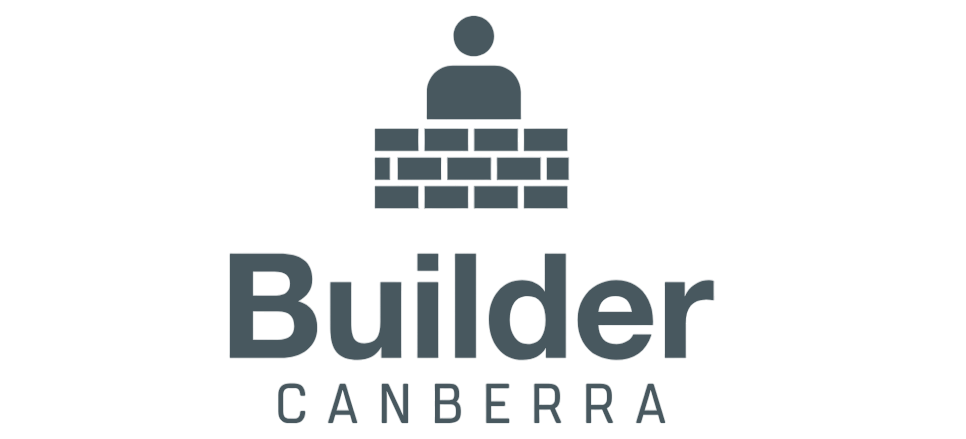
- Make a clear plan: A good plan helps you guess costs and stop overspending.
- Choose DIY wisely: Save money by doing small projects on your own.
- Buy wisely: Look for cheaper materials and take advantage of sales and discounts.
- Focus on efficiency: Use your current space well before thinking about costly changes.
- Think about hidden costs: Remember to include fees for permits, inspections, and possible surprises in the structure.
- Update things you have: Refresh old features with paint, refinishing, or creative upcycling.
Introduction
Renovating your home is fun. But, it can be easy to spend too much money on your home renovation budget. The good news is that you can update your living space without spending a lot of money. By planning well and making smart choices, you can achieve your dream home renovation while protecting your budget.
Expert Strategies to Keep Your Renovation Within Budget
Before you grab a hammer, take time to plan your home renovation. Start by creating a straight plan and a reasonable budget. Get several price quotes from contractors and engage your tradespeople early in the process. Good planning at the beginning is an investment that will pay off later.
A good plan will help you. It will keep you focused and help you avoid costly mistakes. If you make a realistic budget early, you can make smart choices during the renovation and stop yourself from spending too much. Getting several quotes will ensure you find a fair price and choose the best contractor for your project, prioritizing the quality of work.
1. Create a Detailed Plan Before Starting
Creating a clear plan is key for a good home renovation. First, write down all the changes you want for your space. This might be a kitchen remodel, a bathroom upgrade, or a full renovation of your home. Once you have your list, decide which items are most important. Label them as “must-haves” and “nice-to-haves.”
This will really help you with budgeting. It helps you choose how to spend money on the most important parts of your renovation. The next step is to use online budgeting tools and calculators to understand your costs better. Don’t forget to consider expenses like labor, materials, permits, and money for any unexpected expenses.
It’s a good idea to create a backup fund that is 10-20% of your total budget. This extra money is important to manage any surprise problems that may happen during the renovation. With this fund, you can handle unexpected costs without throwing off your budget.
2. Allocate Funds Wisely Across Projects
Once you know what you need and how much you can spend, set aside money for each part of your renovation. You may want to open a high interest savings account just for your renovation costs. This allows your money to earn interest in a high interest savings account while you save. It also helps keep your renovation money separate from your daily expenses.
When you save money, focus on what is important for your home’s function. This includes plumbing, electrical work, or any structural changes. You can delay cosmetic upgrades like paint or decoration. It is also a good idea to set aside a buffer for each project.
Delays or changes in the price of materials can occur at any time. It is helpful to have some extra money saved. This practice allows you to deal with these problems without impacting your renovation budget.
Maximising Your Budget with Smart Choices
You can stretch your renovation budget by making smart choices. Look for affordable fittings and fixtures. Check online marketplaces like Facebook Marketplace for great deals. If you feel confident, try some DIY tasks. Focus on areas that will really change the look of your space. You can find helpful tips on cost-saving through YouTube tutorials. Choose high-quality materials to avoid spending more in the future. By planning carefully, you can get the best out of your budget and keep the quality high.
3. Choose Cost-Effective Materials and Finishes
Choosing cheaper options over expensive materials doesn’t mean you have to lose style. You can consider using laminate or butcher block countertops instead of costly granite or marble. They can look nice and save you money. You might also want to check out luxury vinyl plank (LVP) or laminate flooring. They resemble hardwood but are much cheaper.
When you need materials, you should not only visit regular stores. Check out online marketplaces like Facebook Marketplace, Craigslist, or local salvage yards. These places often have good deals on supplies, fixtures, and decorations.
When you buy materials online or from other places, remember to think about the delivery or transportation costs. These costs can grow quickly.
4. Undertake DIY Projects Where Possible
One great way to lower costs for your renovation is to take on some DIY projects before the professional trades arrive. You can save money by doing simple tasks like painting, tiling, installing light fixtures, or putting together furniture. Doing these tasks yourself really helps cut down on labor costs.
Don’t stress about picking up new skills! YouTube tutorials and online resources offer a lot of useful information for people new to DIY. You can find many videos and articles that talk about different renovation tasks, ranging from simple to more complicated. Here are some safe and easy DIY projects you can begin with:
- Painting: A new layer of paint on the walls is a simple and low-cost way to refresh any room.
- Tiling: You could consider small tiling projects, such as adding a backsplash or updating a bathroom floor.
- Demo Work: Gently removing non-structural pieces can be an easy DIY task too.
Always keep safety in mind. Wear the proper safety gear when you work on any DIY project. If a task seems too difficult or requires special skills, do not hesitate to call a professional. Understand your skills and comfort level to avoid costly mistakes.
Reducing Costs Without Compromising Quality
Cutting costs during your renovation does not mean you have to sacrifice quality. You can still create a beautiful and useful home by being creative. Use what you already have and make a solid plan for your project.
A good renovation combines creativity and smart planning, attracting aspiring renovators. It also requires an open mind to try new ideas while keeping costs in check. By following these tips, you can make your dreams come true without going over budget.
5. Repurpose Existing Features Creatively
Take a moment to examine your current features carefully. Consider how you can update or reuse them instead of replacing all of them. This approach can save you money and make your home feel more unique and full of character. For instance, could your kitchen cabinets benefit from a fresh coat of paint or some new hardware for a fresh, new look instead of a complete remodel?
You may want to consider refinishing your hardwood floors instead of getting new ones. This can save you money and also keep your home’s charm and history. Think of creative ways to use reclaimed wood, like for shelves or accent walls. You can also refresh vintage furniture by reupholstering it or giving it a new paint job.
When you repurpose materials, you bring character and a story to your space. You also help the environment by giving those materials a second chance.
6. Schedule Renovations During Off-Peak Seasons
Did you know that the time of year can change your renovation costs, especially when it comes to appliances? In many places, homeowners can save money by planning renovations in the off-season, which is late fall and winter. That’s when contractors are less busy. They may be more willing to lower prices or offer discounts to get work.
In the off-season, wait times are usually shorter. This can help your project start sooner. However, don’t forget to consider weather delays, especially if you are doing outdoor work. Make sure to talk about these details with your contractor during the planning stage.
If you find it hard to follow an off-season plan, think about timing your project with major holidays. Contractors tend to get busy before these holidays. By planning your renovation after these busy times, you may get better prices and availability.
Conclusion
In conclusion, you can stay on budget during your renovation if you plan carefully and make good choices. Start by making a clear plan. Next, spend your money wisely and pick materials that don’t cost much. This will help you get the most from your budget while still keeping good quality. Doing DIY projects and reusing items you have can also save you money. Consider doing your renovations during off-peak seasons to cut costs, too. These tips will help you achieve your renovation dreams without going over budget. If unexpected expenses happen, a backup fund will help you manage them easily. Use these ideas to ensure your renovation is a success!
Frequently Asked Questions
How do I budget for unexpected expenses?
It’s a good idea to set up a contingency fund of 10-20% of your total budget. This fund will help you with unexpected expenses. You can use a calculator to estimate your costs accurately. Also, it’s smart to research common hidden costs linked to renovations. This will give you a realistic buffer for your project.
Can DIY renovations really save money?
Yes, if you have some time, skills, and feel confident, DIY renovations can be a good idea to save money. You can find helpful YouTube tutorials for free to learn new skills. This way, you can make your spare cash go even further.
